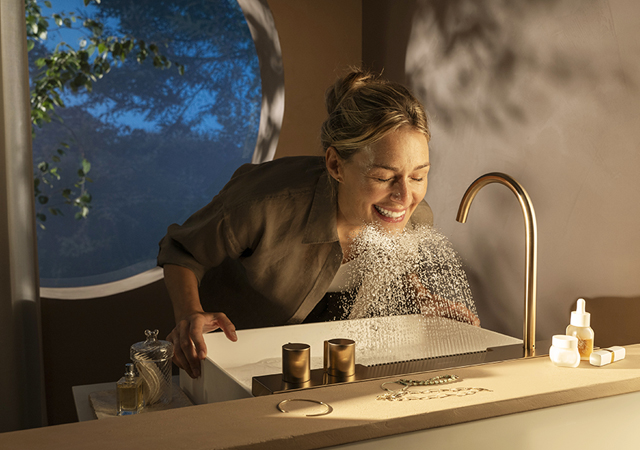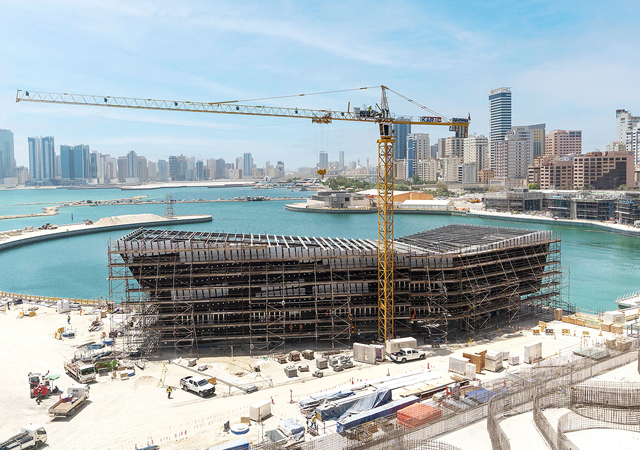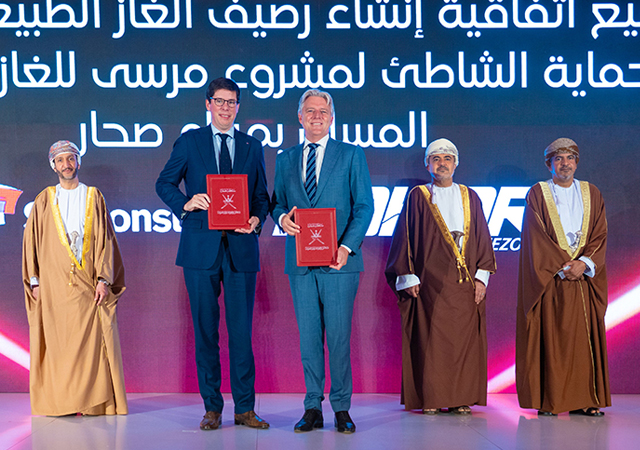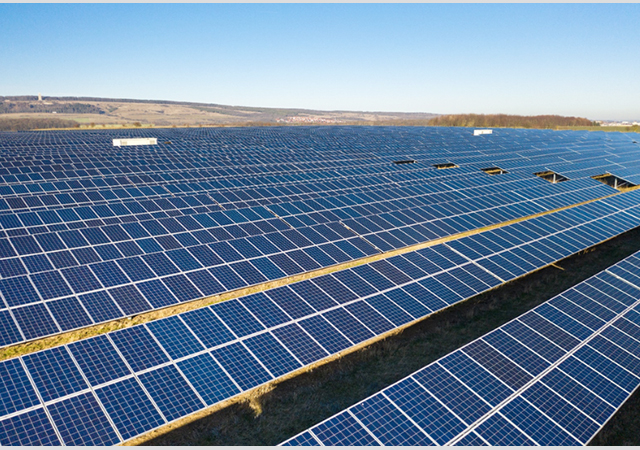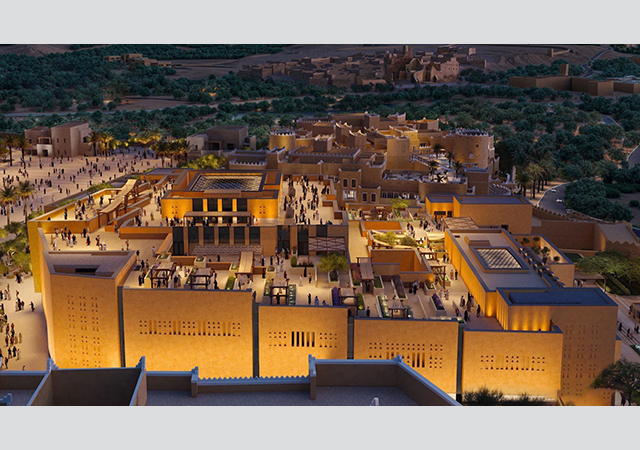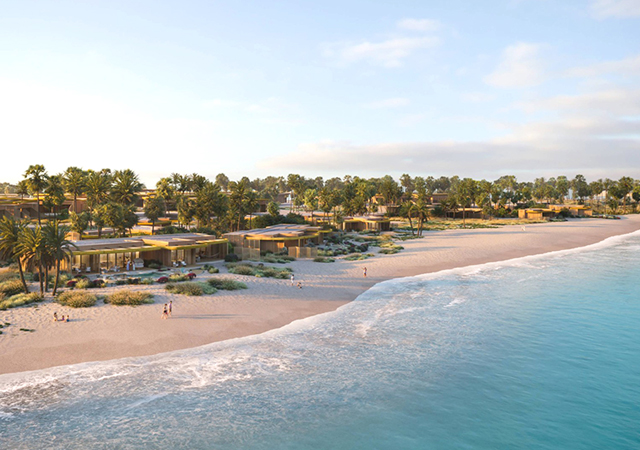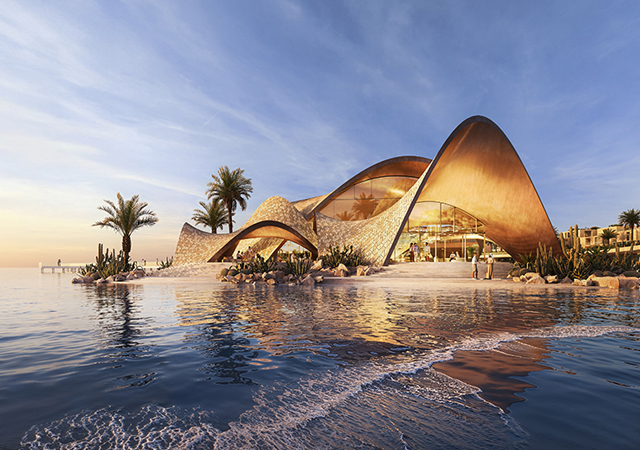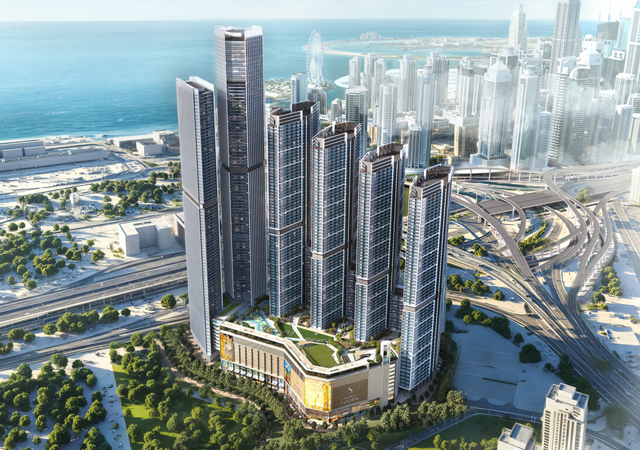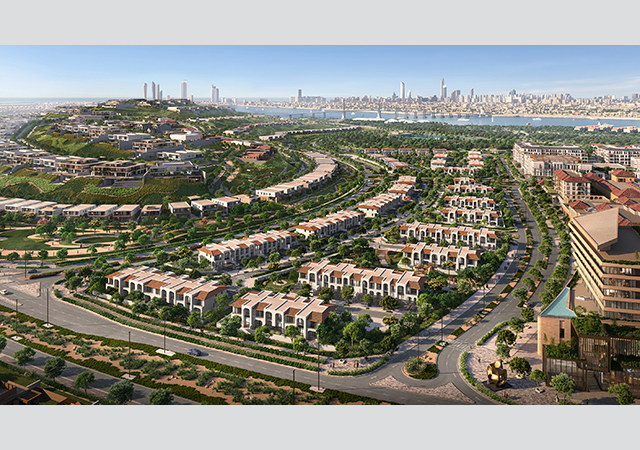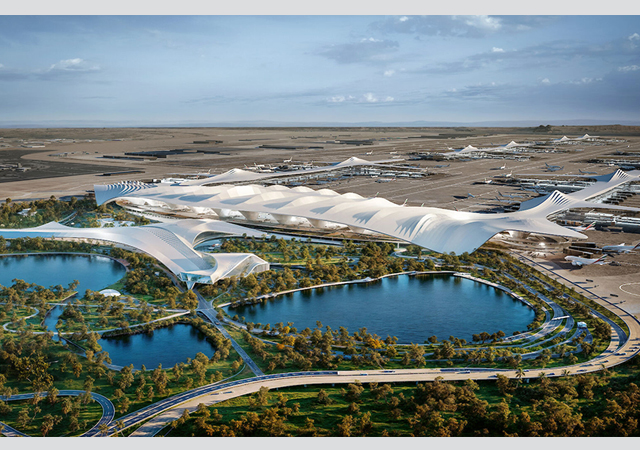
 Steel BS ... facilitates designing to British Standards.
Steel BS ... facilitates designing to British Standards.
DLUBAL Engineering, a Germany-based software specialist, has recently launched a new multi-featured add-on module for steel design according to British Standards.
The Steel BS software has been specifically written for the company’s 3D framework and 3D Finite Element Analysis (FEA) programmes, RSTAB and RFEM, respectively.
Both RFEM and RSTAB represent programmes for the ambitious structural engineer that meet the requirements of modern civil engineering and mirror the current state of art. These are the bases of modular software systems, basic modules of which determine the internal forces, deformations and support reactions of plates, shells or frameworks and framed structures.
Elaborating on the add-on module, a Dlubal spokesman says: “Steel BS allows users to design steel members according to BS 5950-1:2000 (British Standard) or BS EN 1993-1-1 (EC 3: British annex).”
The software provides features that enable: designing for tension, compression, bending, shear and combined internal forces; stability analysis for flexural buckling and lateral torsional buckling; application of a discrete lateral support for beams, if required; automatic cross-section classification; analysis of deformations (serviceability); cross-section optimisation; a wide variety of cross-sections; the creation of clearly arranged results tables; and seamless integration in RSTAB and RFEM.
It also automatically determines critical buckling loads and critical moment for lateral torsional buckling for general load applications and support conditions, by means of a special FEA programme (eigenvalue analysis) integrated in the module.
In addition, the software helps generate detailed results documentation with reference to design equations used and described in the standard; results table for slenderness of members and governing internal forces; and a parts list with weight and volume specifications. Furthermore, it has various options to filter and arrange results, including results listed by member, cross-section, x-location or load cases, groups and combinations.
 |
|
Ferrari World Abu Dhabi ... used RSTAB. |
Turning to working with Steel BS, the spokesman says the data specified in RSTAB or RFEM for material, loads and load combinations must be entered in accordance with the design concept described in BS 5950 (or Eurocode), adding that the material libraries already contain the appropriate materials.
“In addition, the add-on module RSCOMBI allows you to create adequate load combinations automatically, and also generate them manually in RSTAB and RFEM,” he says.
The presettings for lateral intermediate supports and effective lengths can be adjusted. And in case continuous members are used, individual support conditions and eccentricities can be defined for each intermediate node.
The results tables show the maximum design ratio together with the governing design. All module data is part of the RSTAB or RFEM printout report and can be selected according to specific contents, the spokesman says.
Meanwhile, with users of Tekla Structures in mind, Dlubal has also facilitated direct data exchange between Tekla Structures and its RSTAB/RFEM.
Tekla Structures is a building information modeling (BIM) software that enables the creation and management of accurately detailed, highly constructable 3D structural models, regardless of material or structural complexity.
“When designing a structure in Tekla Structures, a structural model is generated automatically. With the direct interface, you can easily export the model to RSTAB/RFEM by simply pushing a button. Information concerning supports, releases and loads possibly included in the Tekla model are transferred,” the spokesman explains. “Subsequent to the data exchange, you perform the calculation in the familiar environment of RSTAB/RFEM. The imported structural model doesn't differ from a model created manually in the calculation programme.
“When you have calculated the analysis model and designed the cross-sections, you can transfer cross-section modifications to Tekla Structures and align them by using unambiguous assignments of structural components.
“Moreover, during the update process, the programme checks if members have been removed or added. Connections available in Tekla Structures will be adjusted directly and automatically. The transferred connection properties represent the basis required by the design engineer for the layout of connections.”
“Similarly, even structures that have been originally calculated and designed in RSTAB/RFEM can be transferred directly to Tekla Structures, for example to prepare the planning.”
The exported model includes not only standard cross-sections but also parameterised I-sections (IS, ICM). Furthermore, it is possible to export self-created cross-sections and materials, as far as contained in the programmes, by means of conversion files.
“In case changes occur during the structural planning, it is possible to perform an update of the Tekla model by using the interface. You can update modified materials, cross-sections, floor and wall thicknesses as well as coordinates,” he adds.
Dlubal’s programmes have been used to design some of the most complicated structures around the world such as the Ferrari World Abu Dhabi, which features a record-breaking roof structure. The roof is built on the world’s largest space-frame. Set up on an area of 195,000 sq m, it is based on a Mero space frame that was calculated with the Dlubal programme RSTAB.
“With a total of approximately 170,000 members and 42,200 nodes, the roof represents the largest three-dimensional framework that has ever been built. To model it correctly, designers split the overall structure into three parts: the internal core, the main structure and the three external pincers.
“The core consists of a framework structure incorporating 4,025 nodes and 13,346 members. One of the three identical ‘pliers’ has 5,687 nodes and 22,828 members.
The biggest part, the main structure, contains 21,433 nodes and 87,102 members. Steel pipes of grade S 355 were used as cross-sections.
“Mero-TSK has been using Dlubal software for many years. With RSTAB, they were able to calculate such an extremely high number of members. To generate the geometry, Mero-TSK took advantage of specifically developed preprocessors. The structure created in a CAD programme was imported to RSTAB, using DXF files and the interface RS-COM, followed by the application of loads and the calculation,” says the spokesman.







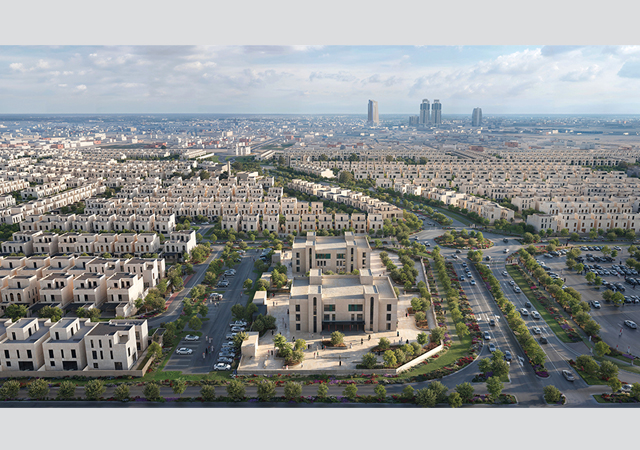


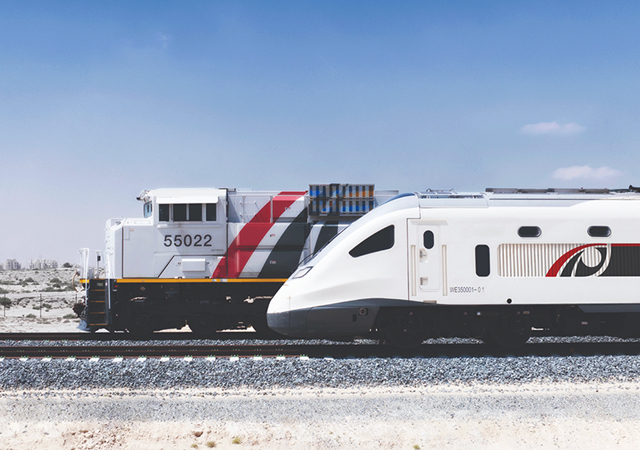
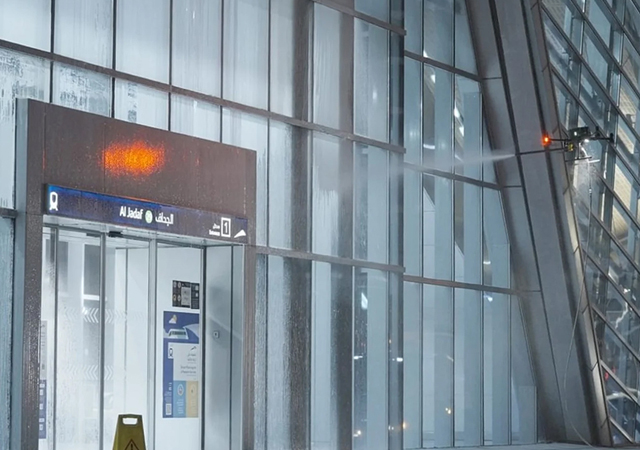
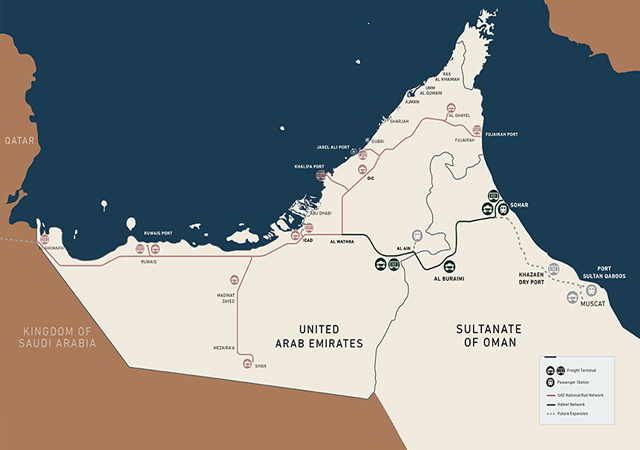
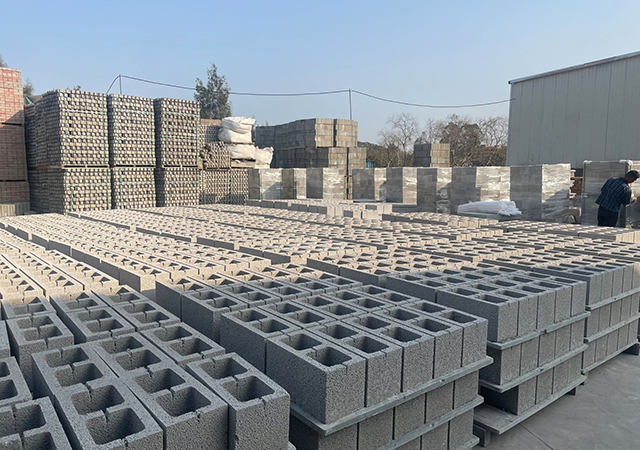


.jpg)
.jpg)
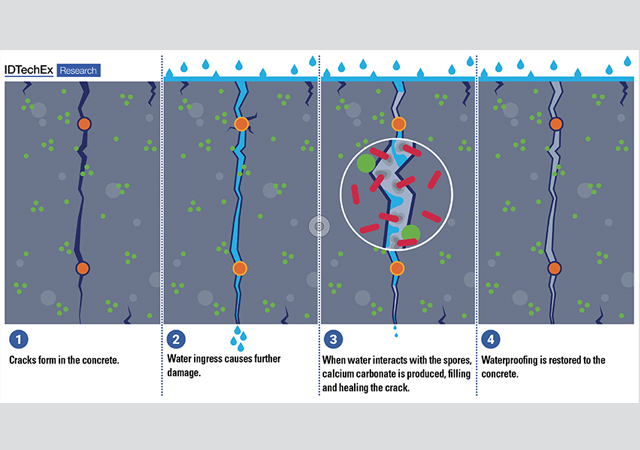
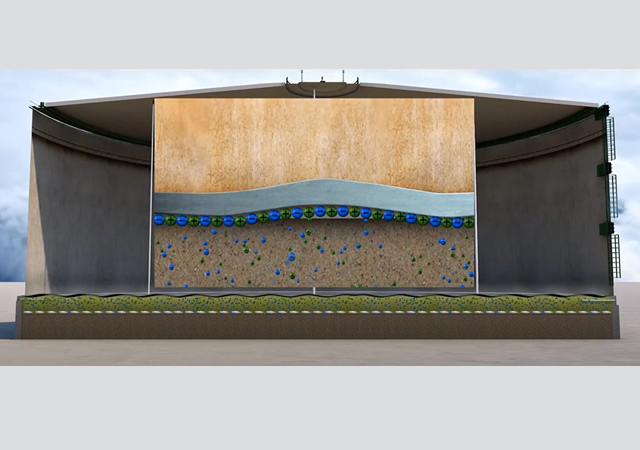
.jpg)
.jpg)
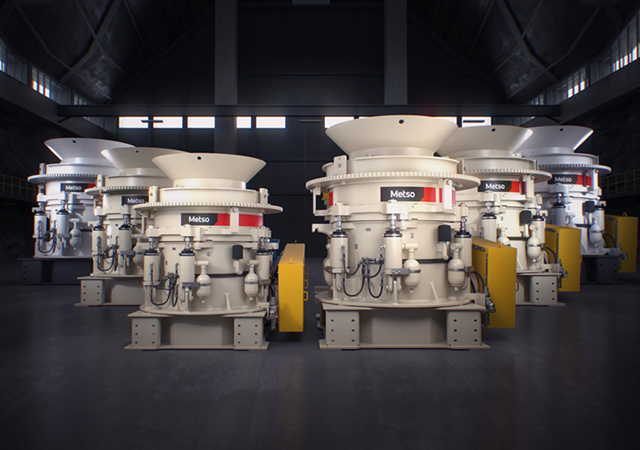
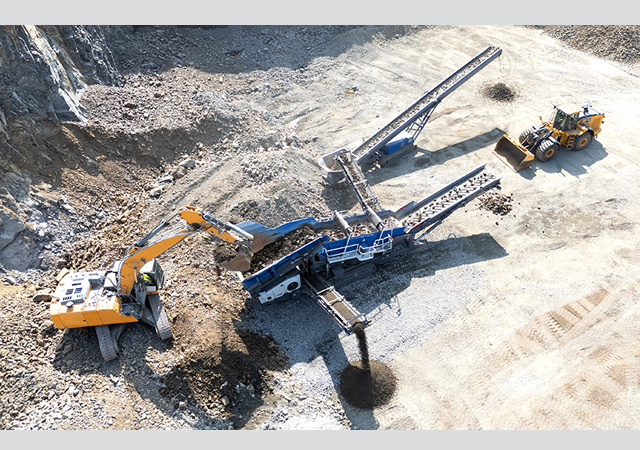
.jpg)
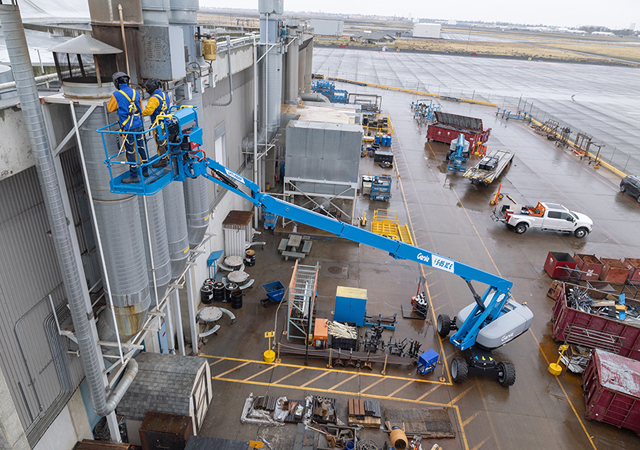



 Doka.jpg)
